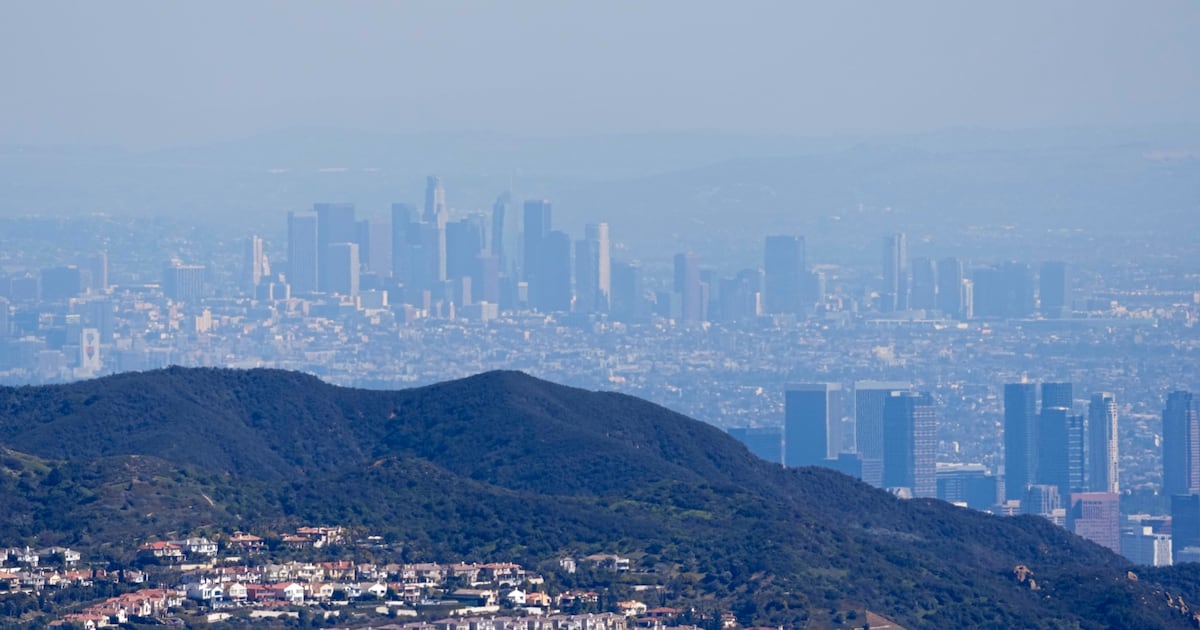If you’ve ever been woken up by an earthquake, you know it’s no fun.
For Utah residents, that happened a little over four years ago when a magnitude 5.7 earthquake suddenly hit Salt Lake City at around 7 a.m.
For Los Angeles residents, it was around 5 a.m. Monday.
The earthquake, initially reported as a magnitude 3.2, shook the East Side and San Gabriel Valley, according to the Los Angeles Times.
The quake was small and no damage was recorded, but residents of “East Los Angeles, Alhambra, Monterey Park and South Pasadena” may have felt slight shaking.
The earthquake’s magnitude was later reported as 2.9.
Where did the California earthquake occur?
According to USA Today, four earthquakes struck California within two hours on Monday morning.
“Magnitude 3.2 earthquakes were recorded in the Highland Park area of Los Angeles and in Cobb, 41.5 miles northwest of Napa Valley,” USA Today reports.
“The earthquake recorded by Walker near the Nevada-California border was a magnitude 2.8, while the one near Idyllwild, 109 miles southeast of Los Angeles, was a magnitude 2.6.”
According to Fox Weather, there have been no immediate reports of damage or injuries from the quake.
How can you protect yourself from an earthquake?
Earthquakes are common in California, with an estimated 30 quakes per day, according to NBC Los Angeles. While most of the quakes are too small to be felt, there is a 31% chance that Los Angeles will experience an earthquake of magnitude 7.5 or greater.
California State University, San Marcos offers some earthquake safety tips:
“Duck, cover, hold on.” Take shelter under a sturdy, stable place. If there is no such place, lean against a wall and cover your head. Avoid tall buildings. If glass breaks, it can be blown by the wind and cause injury. If an earthquake occurs while you are sleeping, stay in place and cover your head and neck with a pillow. Stay away from mirrors, windows, hanging objects, heavy objects, tall furniture, and anything that may fall on you. Do not use elevators if an earthquake occurs. If you are outdoors, stay in an unoccupied area, avoiding power lines and trees. If you are in a car or driving, move to the side of the road and stop. Do not park under an “overhead hazard.”
Once the earthquake has stopped, there are some safety precautions to remember. CSUSM urges people to first check others around them for injuries or trauma. If anyone is injured, administer first aid. Do not move anyone who is seriously injured unless there is “immediate danger.”
Additionally, observe for dangerous situations. If there is a fire or broken power lines, evacuate to a safe place. If you smell something strange, turn off the gas. “Inspect your home for damage” and immediately put out any small fires in your home.
The American Red Cross encourages people to keep an emergency kit on hand and learn first aid skills, such as CPR, in case of an earthquake. Keep food, water, medicines, and other supplies in a kit that’s easy to access.
According to the American Red Cross, “Bring sturdy shoes to protect your feet from glass, one of the most common injuries in an earthquake. Also bring a flashlight, glasses, a dust mask and a whistle.”
Consider backing up your personal financial and medical records. Make hard copies so you can access them in an emergency.
“Once the shaking stops, experts recommend staying calm and preparing for possible aftershocks,” NBC Los Angeles reported.

